[wzslider autoplay=”true” info=”true”]
PICTURES BY QUINN MULHOLLAND
When I first announced I was going to Crim High School, the general reaction from Grady teachers and students alike was something along the lines of “Be careful, don’t get shot.” While I was flattered everyone was so concerned about my safety, I didn’t really believe there was any chance of me getting injured in any way. Let me clear one thing up: Not once did I see or hear a gun. I didn’t even see a fight. The only incident at Crim that day was a girl accidentally being hit in the mouth with an umbrella.
When I arrived at Crim, it was about 12:40 p.m. I went in a door where I placed my bag on a table and walked through a working, plugged-in metal detector. What’s more, the people at the table actually checked my bag while making friendly conversation about my reason for being there. They pointed me toward the main office, where I put my name into a computer that printed out a visitor pass. Then I sat down on a green sofa to wait. Outside, the bell rang to signal the end of lunch. I could hear a teacher shouting to the students to get to class. A minute or so later Mr. Clark, the assistant principal, walked into the office, trailed by a student, who introduced himself as Tommy. Tommy Correa was a senior in the Healthcare and Science Academy; he was also my guide for the day.
After we exchanged introductions, I followed Tommy around the corner, up a staircase and into his third-period class, American literature. Although the bell had rung a couple of minutes earlier, we were not the last to arrive. Thirteen students took their places in the desks grouped into tables of four. This class period was dedicated to checking for all previously assigned class work. The teacher, Mrs. Cason, handed out a sheet with all the assignments and told the students to put a check by each assignment they had in their folder. Tommy said doing make-up work in class was routine. As they completed the work, the students joked with each other across the classroom. They all seemed to be friends and willing to help each other with missing assignments. For most of the class period, Mrs. Cason walked around, checking every student’s sheet and circling assignments and tests that didn’t have check marks by them. She gave each student a time to come in so they could make up the circled assignments.
This assignment consumed most of the class period, but near the end, the teacher directed our attention to the ActivBoard where a Do Now prompt was displayed. It was titled “A Short Life” and instructed the students to write about someone who died young and the effect of their death on the students and others. I thought it was significant that many students knew a person who died young, but then Tommy told the teacher he didn’t know anyone like that. I realized I couldn’t generalize about Crim students based on a literature-class prompt.
At 2:17 the bell rang to end third period. I followed Tommy out of one classroom and into the classroom next door for economics. We were the first people in the classroom. Tommy signed in and dropped his stuff into a chair.
“Out of the 18 students, only six are here,” Tommy told me. He pointed out the window to a girl who was in the class, making the point that she would not be there that day. He didn’t tell me why so many people would be absent. By the time the bell rang, there were still only three people, including me, in the classroom, but five more arrived a few seconds later. I got the feeling that, as at Grady, bells were less of a law and more of a guideline. When everyone had taken their seats, the teacher, Ms. Walton, began going over previous assignments for those who were absent from previous classes. Throughout her explanation, the students and Ms. Walton joked with each other.
Attending school, at least in Tommy’s classes, seemed like more fun at Crim than my classes at Grady (no offense teachers, it’s not your fault). Because the classes were so small, there was a personal connection between the teachers and students. It wasn’t a bad place filled with criminals. In fact, students had to go through an interview process before being admitted, to make sure finishing high school was a plausible option and that they were willing to work for it.
“As a whole staff I think we did a good job of cleaning it up, because Crim used to be the dumping ground,” assistant principal Rob Clark told me, “You know, you got suspended, you go to Crim. You went to tribunal, you go to Crim. You got arrested, when you get out of jail, you’re going to Crim.”
I nodded politely, but I was surprised because that’s what I had always heard, “But that’s not how it is anymore?”
“That’s not how it is anymore.”
Now it’s an open-campus school. It takes into account the needs of the students. The school makes accommodations, such as the downstairs daycare center for students with children, and create a more flexible schedule, including evening classes, so students can manage school with their lives.
“One of the main reasons students come for evening classes is because they work during the day,” said Janet Cason, the American literature I had observed earlier that day. She told me many were heads of their household and needed to support their family. Mrs. Cason has been teaching at Crim for six years and has taught classes both during the day and in the evening, though evening was her preferred time.
“[At night] you have a more mature population of students that come. They are like adult learners, and they’re here to learn and get their education and then move on. They are more career-oriented,” Cason said.
When talking about the teachers, Tommy said, “A couple of them are friendly, and they actually care and really want you to succeed.”
I definitely got that feeling by the way the teachers explained things to students who had been absent from previous classes, the way the teachers devoted class time to catch up on missing work, and the way they found time to give each student personal attention. Ms. Walton said in class that if students sought help, teachers would be more than happy to provide it.
“Not only do they like you, but they want you to succeed,” she told the class.
Ms. Walton said she had given everyone time in class on Friday in order to make up work, but apparently no one took advantage of the time, so when I visited, they were going to go to the Mac lab to work on missing assignments. Everyone left the class to wait outside the Mac lab while Ms. Walton went to find a key. Even at Grady, I am always the last person out of the classroom and this was no exception, so when I walked up to the group, I was a little confused jumping into the middle of the conversation. At first I wasn’t sure if I understood their conversation correctly, but then one of the girls asked me,“Do you have any children?” which cleared up for me whether or not they were actually talking about how cute their own children were. I replied no, and they agreed I didn’t look like I would, but then again, you can’t judge a person by looks.
I asked Tommy about pregnancies at Crim, and he told me there were accommodations such as a daycare downstairs and various clubs and associations that support students during and after their pregnancy.
The rest of the period was spent working in the over-air-conditioned Mac lab finishing up assignments and turning them in on Edmodo.
After the bell rang, everyone was out the door. I wandered the halls for a little while, peeking into classrooms, some empty, others hosting evening classes. Eventually, I went outside and sat down on the stone steps to wait for my mom. There were a couple other people outside who were friendly enough to chat with me about whether my hair got greasy and if I got dandruff, and when my mom finally came, they made sure to shout goodbye before I climbed in my car.
Mr. Clark pretty much summed up my experience: “When people hear about Crim, they just hear the negative, and they need to come here. They need to come to our building. They need to come to our classrooms and see what goes on here.”
He was right. I went to their classrooms, and I saw what goes on there. It’s not a madhouse of criminals, it’s just a school.


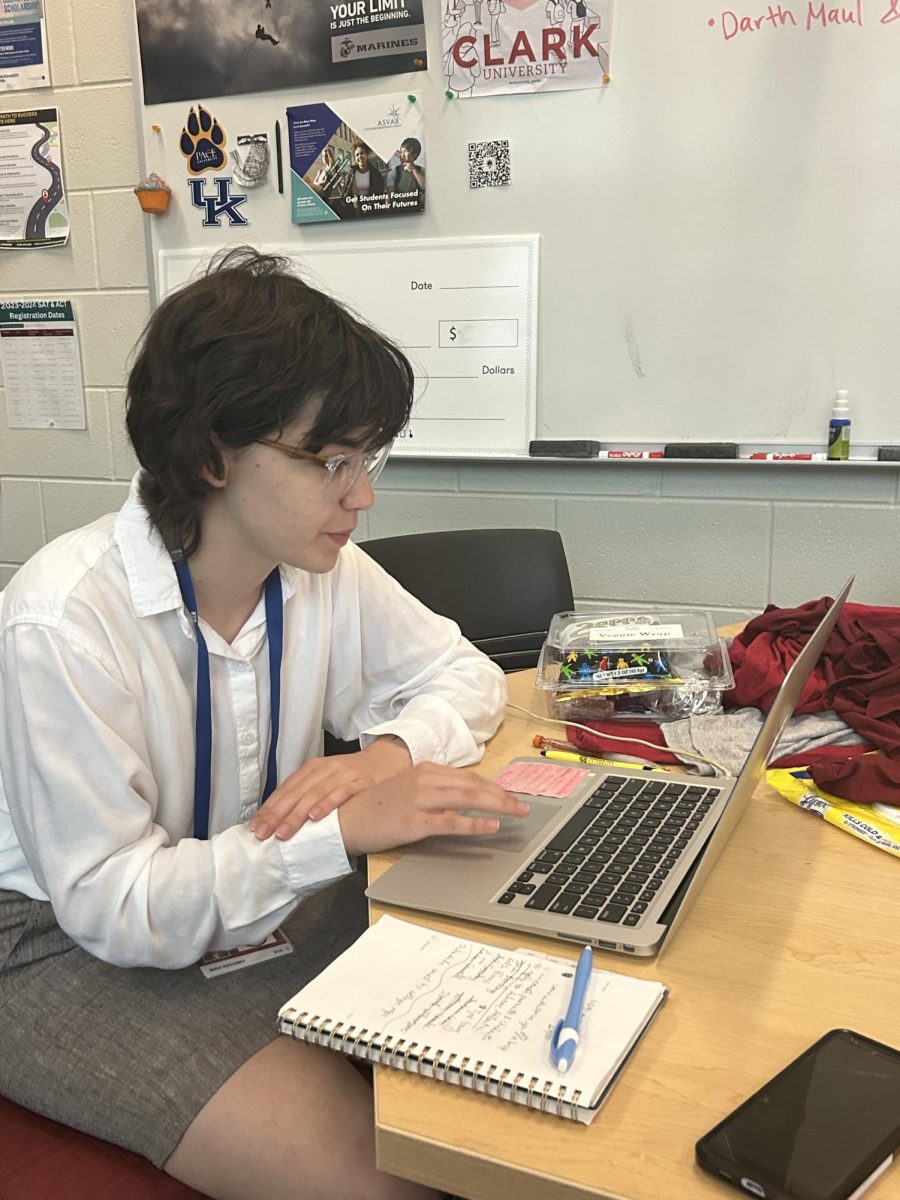

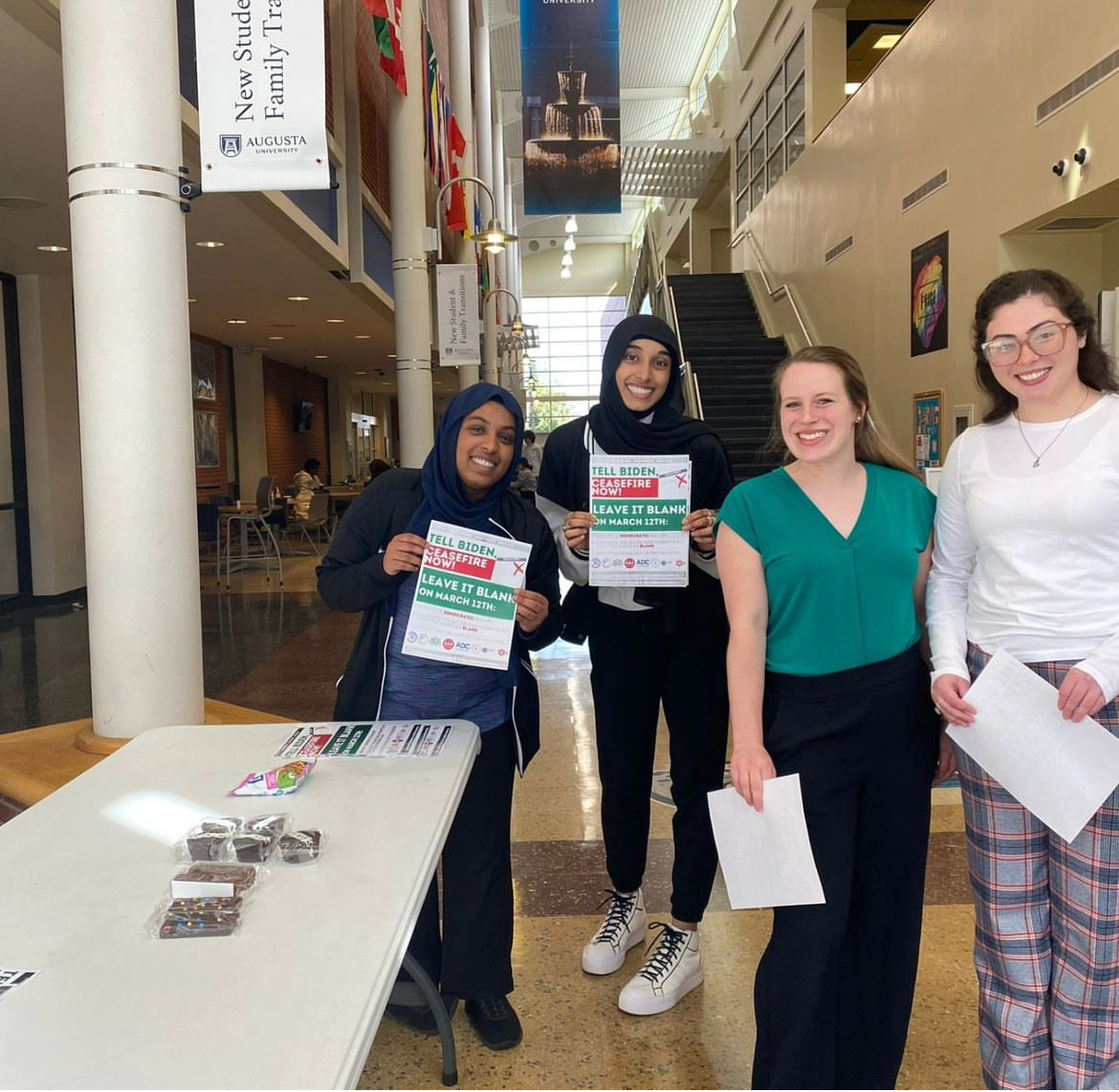

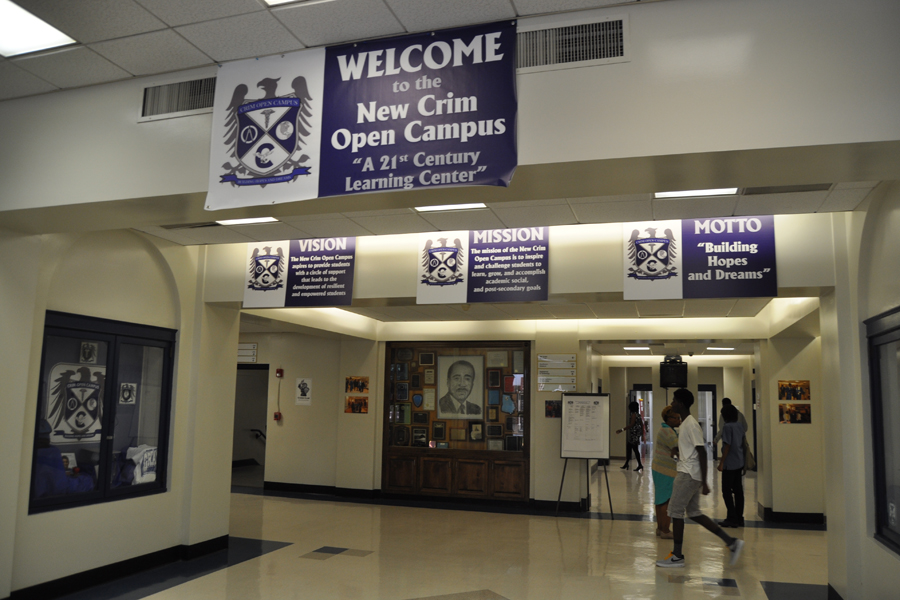
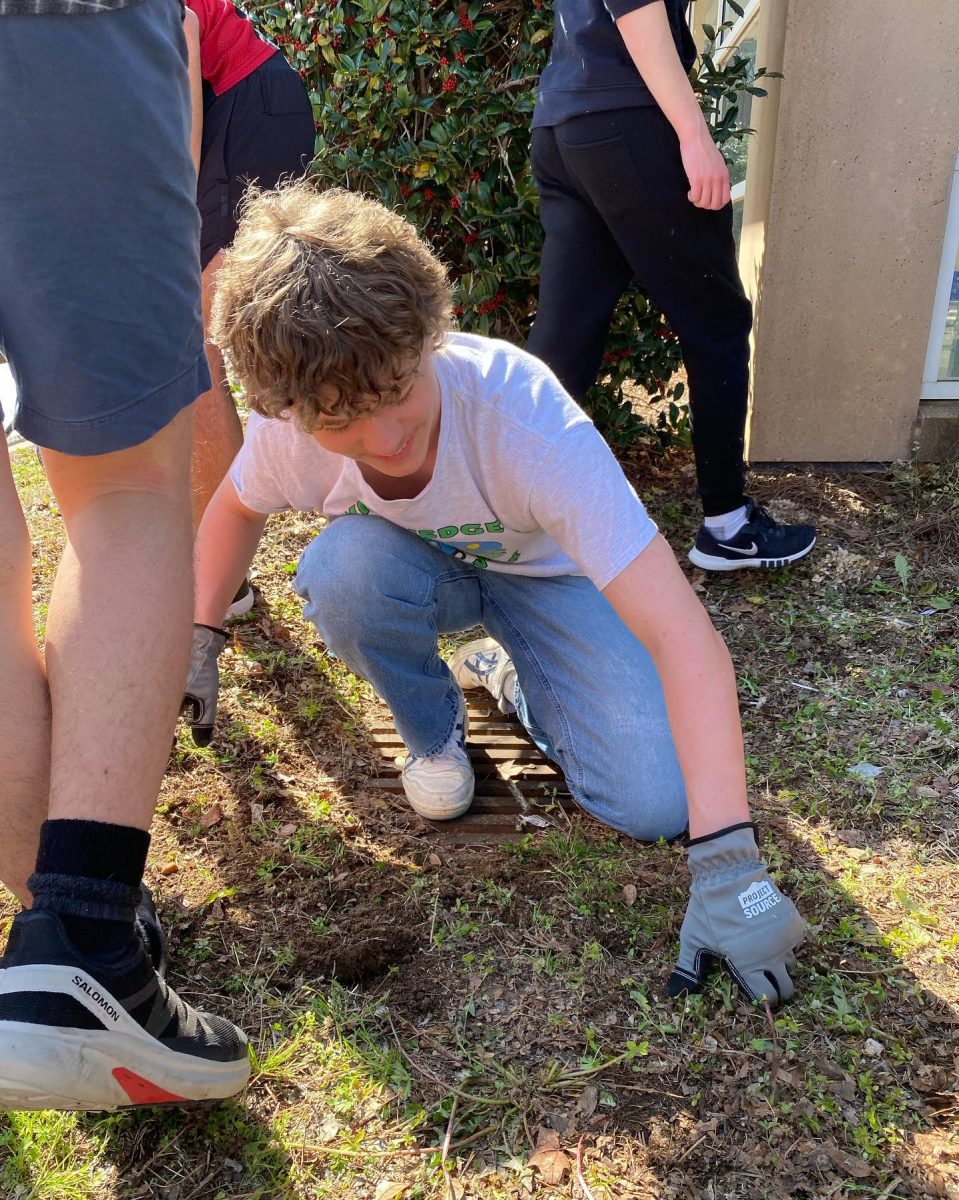
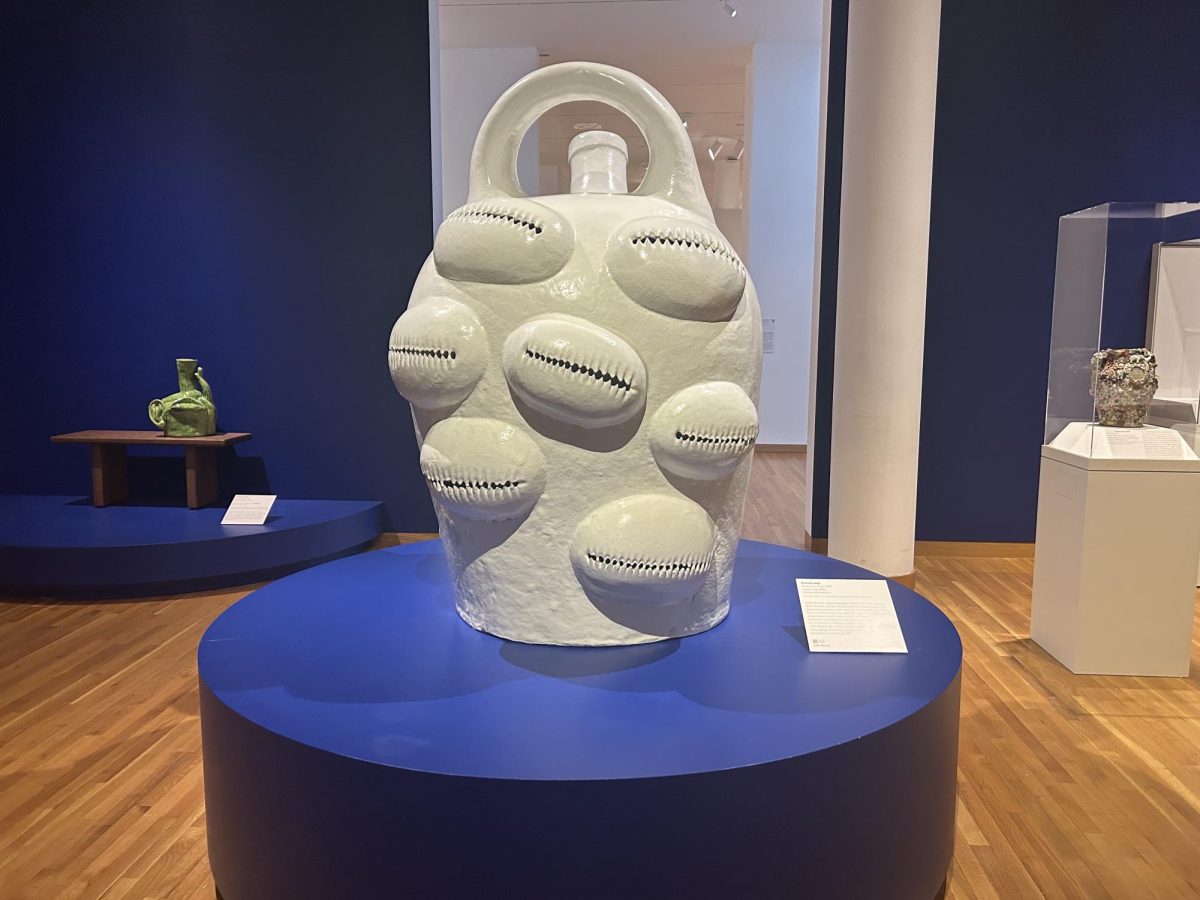
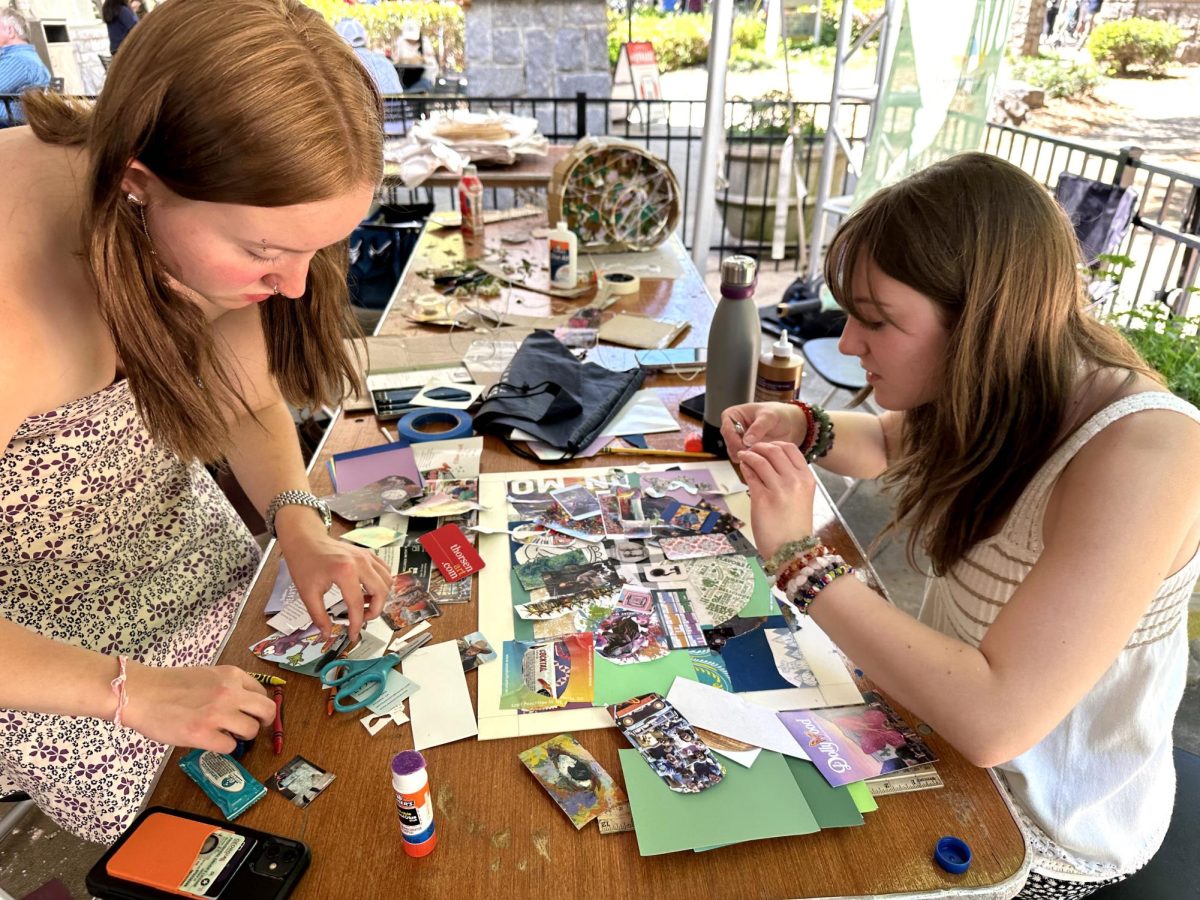
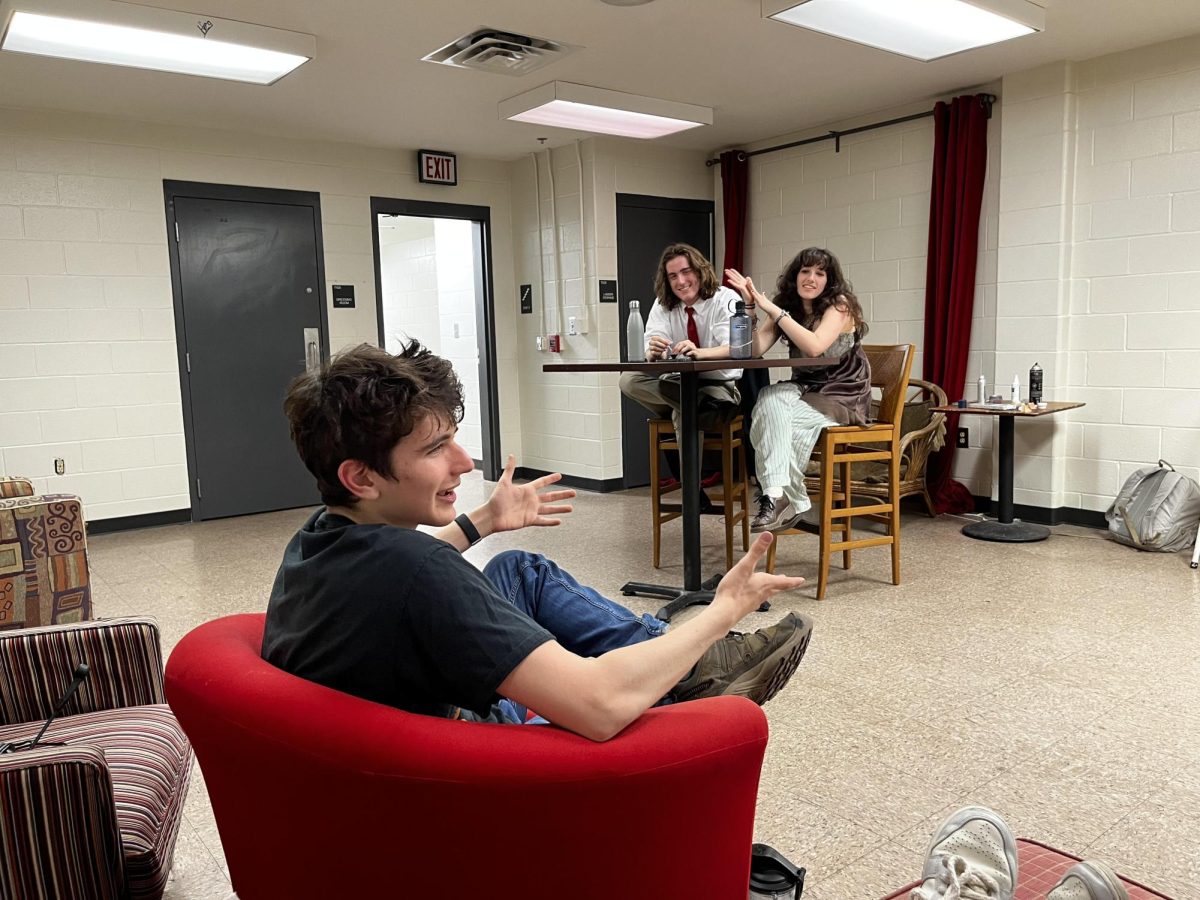
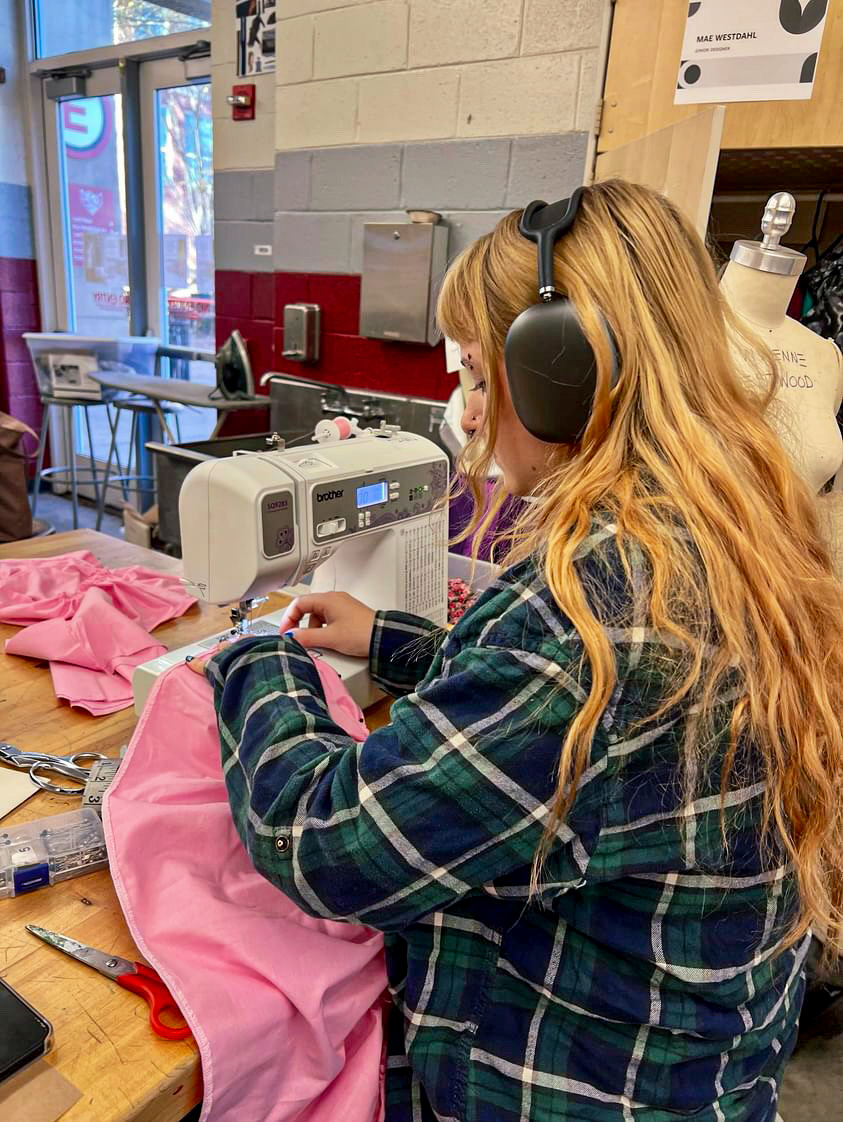


Kim Goldsmith • Oct 4, 2012 at 8:13 am
Orli’s “day in the life” article at Crim illustrates shared student and teachers goals (and questions). Reading it challanged my “them vs us” thinking and reminded me of our similiarities and shared goals. This is important to building community.
Alka • Oct 2, 2012 at 7:37 pm
Interesting reading. Thanks for the insights Orli. Great pictures Quinn